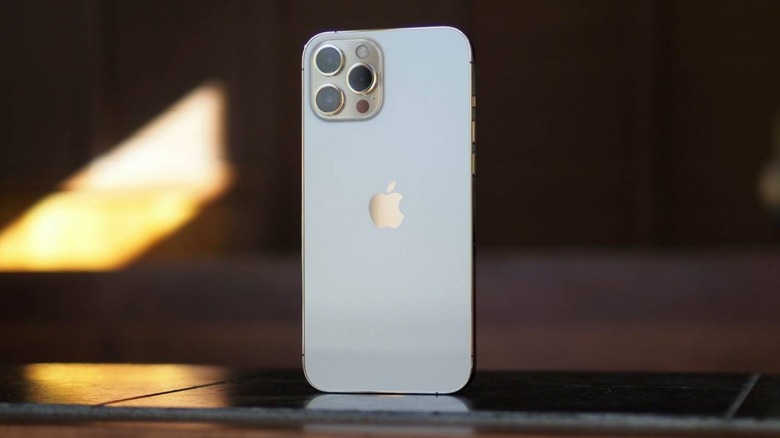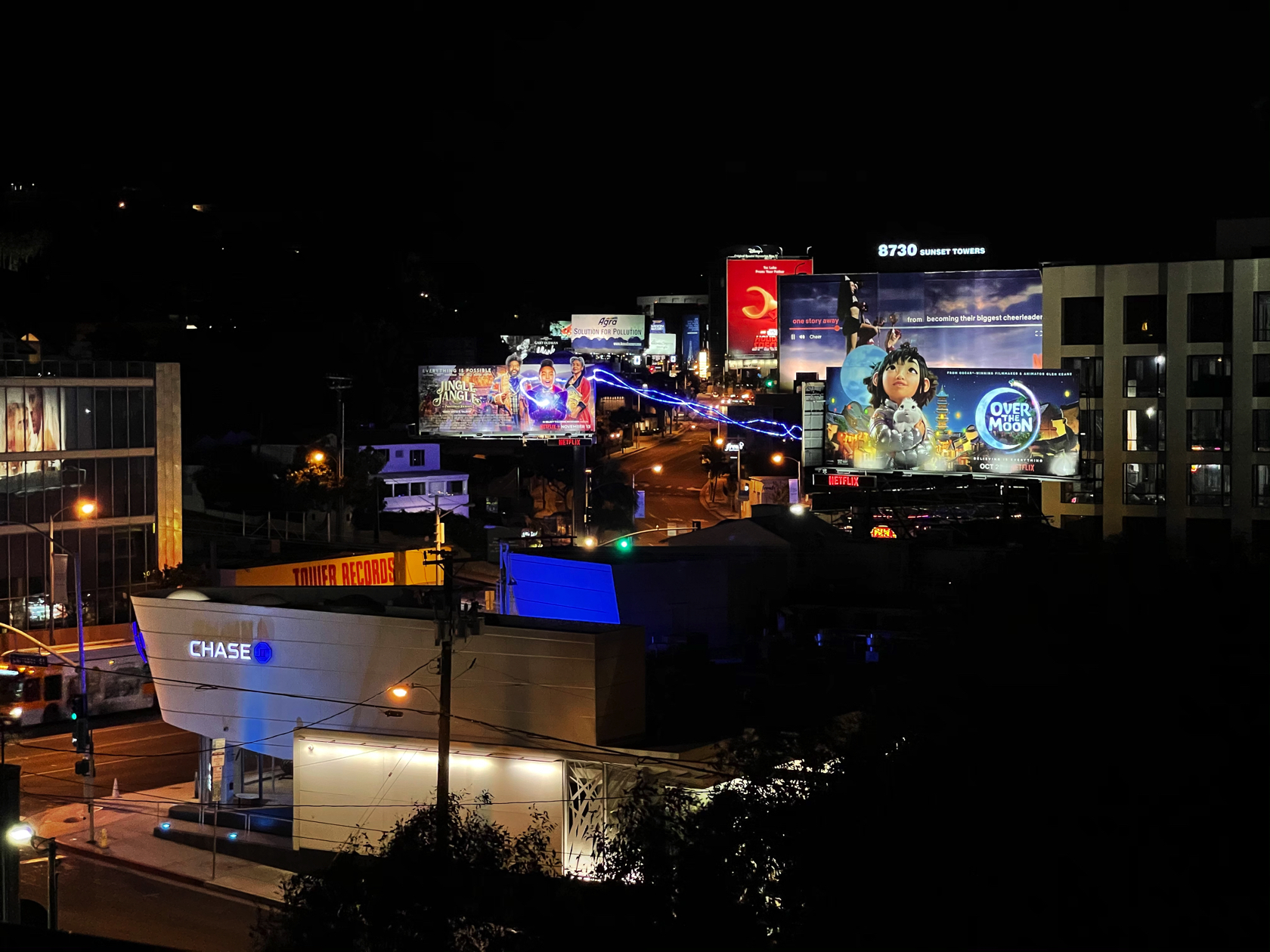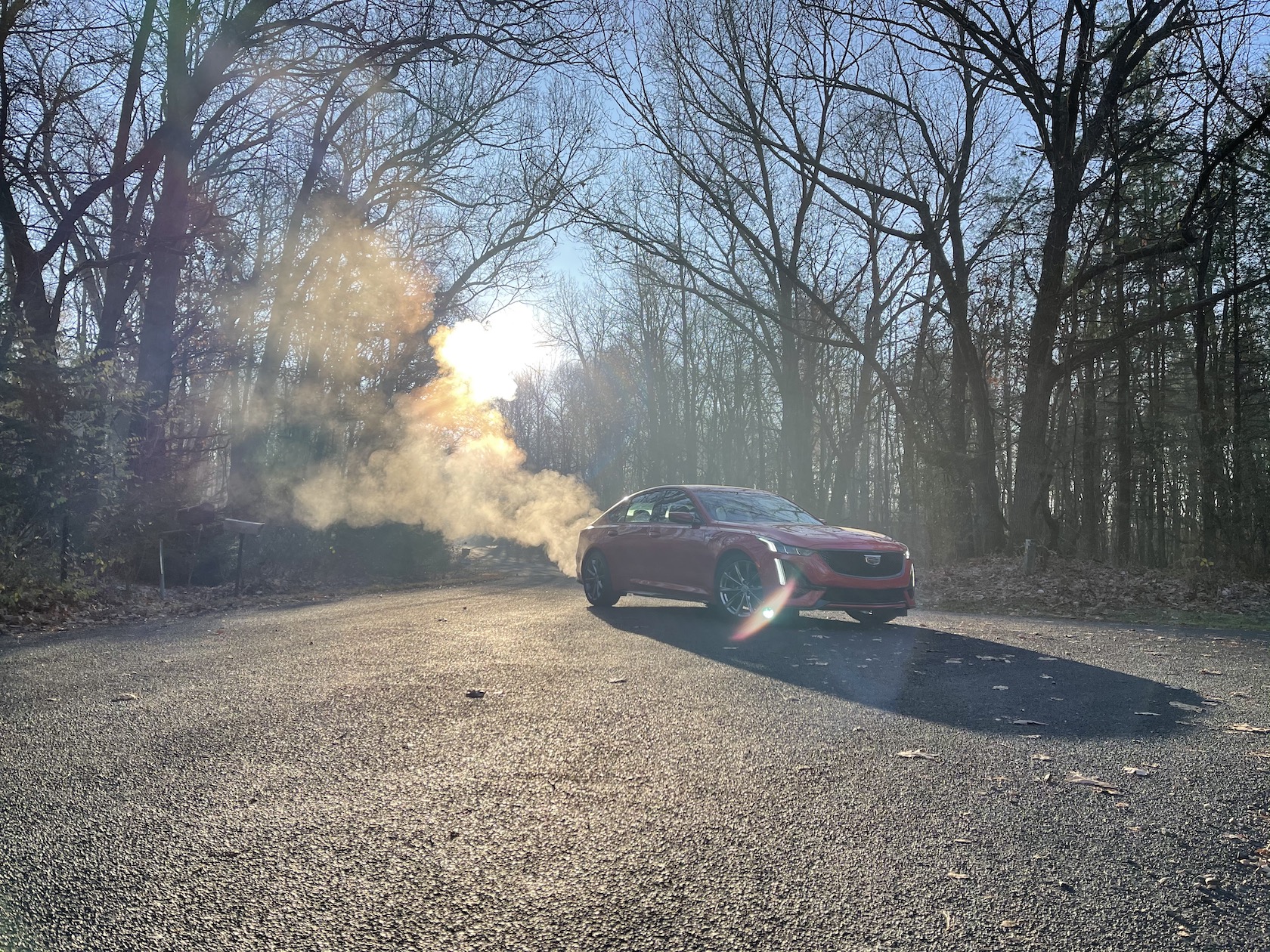Apple iPhone 12 Pro Max Review - A Milestone Decision
Pictures don't quite prepare you for the iPhone 12 Pro Max. Apple's newest flagship sits at the top of a four phone family for 2020, and you could be forgiven for assuming that distinguishing between them would be tricky. The truth, though, is that the biggest of the iPhone 12 series – and indeed the biggest iPhone ever – stands out clearly, though in the process it forces you to decide just what your priorities are.
If, like me, you're coming from an iPhone 11 Pro Max, the way the iPhone 12 Pro Max feels might surprise you. It's slightly longer and very slightly narrower than its predecessor, a tiny bit heavier at 228 grams, but on paper the biggest difference is the thickness. 2020's largest iPhone is 7.4 mm thick, down from 8.1 mm.
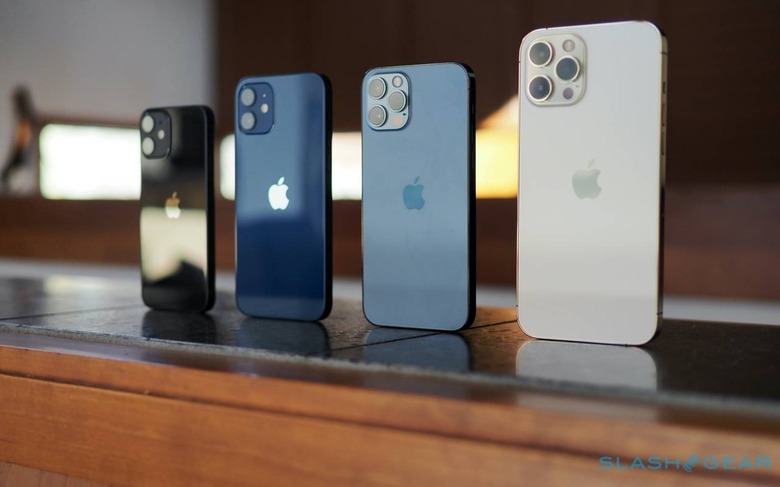
The thing is, it doesn't feel that way in your hand, and the squared-off sides are to blame. Whereas the curved edges of the iPhone 11 Pro Max help disguise its thickness, the iPhone 12 Pro Max wears its girth brazenly.
I'm mixed in how I feel about that. Like with the smaller iPhone 12 and iPhone 12 Pro, it leaves this new iPhone 12 Pro Max feeling crisp and machined, as much a tactile object as a functional device. Gold might not have been my first choice, but the shiny metal band and the glint of Apple's specially-colorized stainless steel at the bezels help elevate it to something beautiful I actively want to pick up.
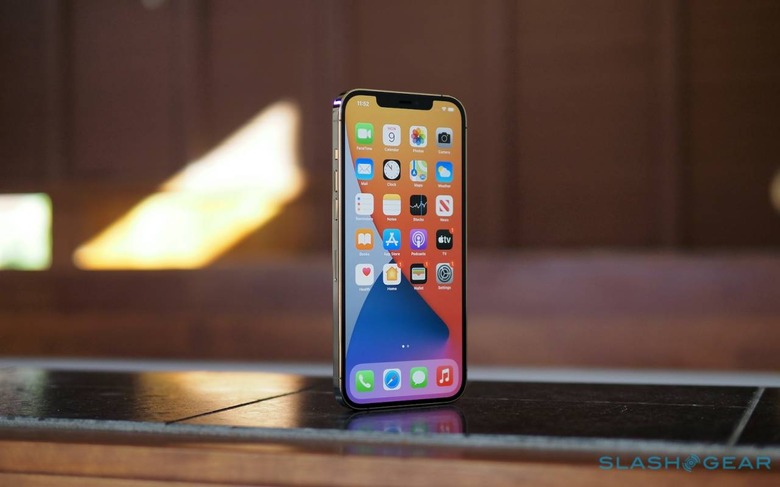
Depending on how big your hand is, though, that could be where the issues start. The not-inconsiderable weight, combined with those sharp edges, can leave the iPhone 12 Pro Max digging into your fingers or your palm. Gripping it tightly to avoid dropping it on my face as I used it to read Kindle ebooks, the shape and size became even more of a consideration. It's not enough to nudge me back down to the iPhone 12 Pro, but I suspect there'll be some surprise among preorder shoppers who have only seen their new phone in photos rather than in the metal.
One of the reasons I find it so hard to give up is the display. Apple's Super Retina XDR panel is 6.7-inches of delectable OLED, running at a crispy 2778 x 1284 resolution (for 458 ppi) with 800 nits of typical brightness, 1,200 nits of maximum brightness in HDR mode, and True Tone and P3 wide color support. It's one of the best screens I've used on a smartphone, as much at home for working my way through masses of text as it is at videos. I know I'm supposed to be angry that it's not 120Hz or even 90Hz, and I do think Apple dropped the ball not bringing ProMotion to its flagship this year, but it still looks great.
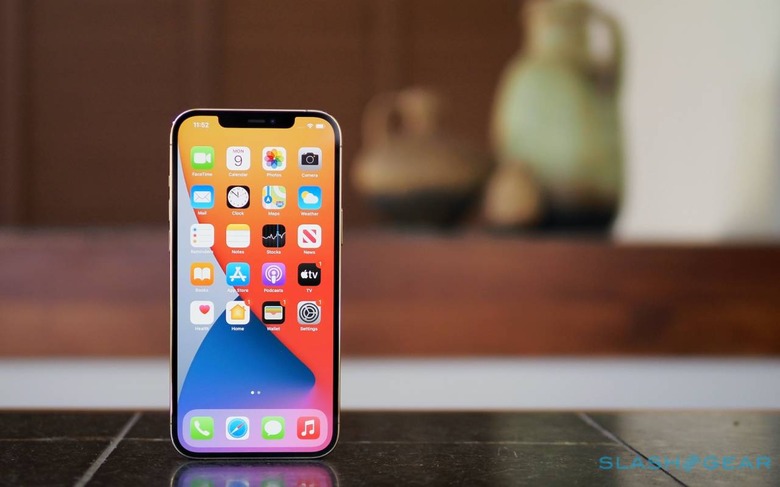
Also unchanged is the processor, with Apple's A14 Bionic delivering the same performance as in the iPhone 12 Pro. No lag and no stuttering, not to mention the confidence that the iPhone 12 Pro Max will keep humming along nicely even with a few years of iOS updates under its belt. That's what you should probably expect from a phone that starts at $1,099.
As iPhone displays get bigger, though, there's part of me that wonders whether iOS is doing all it could to maximize their usefulness. The iPhone 12 Pro Max's screen is considerably larger than the 5.4-inch panel on the iPhone 12 mini, but iOS 14 doesn't use it any differently. You get the same 4 x 6 home screen grid, the ability to use one app at a time, and for the most part the interface is simply bigger rather than any more feature-rich. I'm not saying it should get all the power features of iPadOS, but there's definitely a feeling that I could be doing more with my iPhone were the software willing.
iPhone 12 Pro Max Cameras
Instead, the primary draw here is the camera rig. Unlike the iPhone 12 mini and the iPhone 12, which have the same camera system, the iPhone 12 Pro Max gets a unique array of lenses and sensors compared to its iPhone 12 Pro sibling. It's no overstatement to say that it's this which is going to sell the phone.
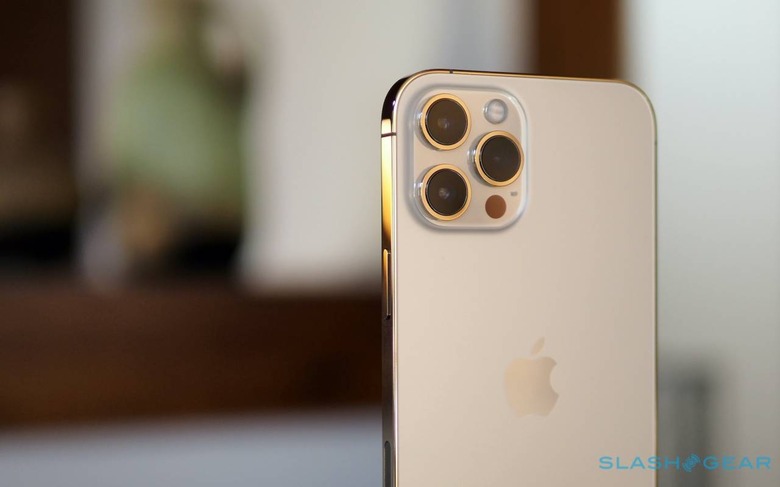
There's still Wide, Ultra Wide, and Telephoto cameras, each clocking in at 12-megapixels, but only the f/2.4 Ultra Wide is the same as on the other three phones. The iPhone 12 Pro Max's telephoto has an f/2.2 aperture (versus f/2.0 on the iPhone 12 Pro) and a 2.5x zoom (versus 2.0x) so that it can get closer without losing detail. I'm a fan of telephoto sensors on phones – I'd generally rather have them than an ultra-wide – so this improvement is right up my alley.
The biggest change is to the regular Wide camera. That's still 12-megapixels and with an f/1.6 aperture, but it has a physically larger sensor than on the rest of the iPhone 12 family. Its image stabilization system, meanwhile, physically moves the sensor rather than just the lens. The result, Apple says, is more light hitting the sensor and less shake as it does so.
Now, temper your expectations for what sort of improvement that unlocks: it's not like Apple has squeezed a full-frame sensor in there. All the same, in the right conditions, the iPhone 12 Pro Max earns its spot at the tippy-top of the line-up. Daylight shots are pretty easy for all four iPhone 12 models, and sure enough the results are fairly standard across the board. Great colors, nice contrast, bright but without edging into unrealistic.
It's when the lighting gets trickier that the changes pay dividends. In low light settings, the higher maximum ISO – 7,616 here, versus 5,808 on the iPhone 12 Pro – means less noise and less of a need to switch to Night mode. You get improved colors and more detail from the iPhone 12 Pro Max, and the combination of that new anti-shake system and the increase in light getting to the sensor means there's less chance of blur in Night mode shots since they can be shorter than on the other phones.
As with any smartphone these days, it's a combination of hardware and software creating the magic. Apple's Smart HDR 3 and Deep Fusion systems are whirring away in the background, coaxing out every scrap of data from your images. It's particularly impressive in mixed lighting scenes, where the iPhone 12 Pro Max has to balance extremes of brightness without losing the detail from darker portions. Sometimes as it does that I found myself wishing for slightly more saturated colors – that you might typically associate with HDR images – but that was easy to tweak into the shots.
Later on there'll be ProRAW, Apple's new photo format that promises to combine the flexibility of RAW images but without giving up all of the software trickery like noise reduction. Portrait mode has been massaged too, though while it's noticeably better at isolating people in the frame and only blurring what's behind them, it still struggles with animal fur. One improvement I do see, though, is autofocus speed, with the iPhone 12 Pro Max using its new LiDAR depth sensor to trim time to lock, particularly in low-light settings.
On the video side, there's 4K support at 24, 30, or 60 fps, Dolby Vision HDR at up to 60 fps, and up to 240 fps 1080p slo-mo. You also get Night mode time-lapse support now, and time-lapse with stabilization. The resulting footage looks great, though I don't think there's an especially noticeable difference between it and what you'll get from the iPhone 12 Pro.
iPhone 12 Pro Max 5G and Battery
Like its siblings, the iPhone 12 Pro Max gets 5G in both Sub-6GHz and mmWave flavors, making it at home on the networks of all the major US carriers. It's down to your choice of carrier and where you're located as to whether you'll see the speediest benefits of that, given mmWave (or "Ultra Wideband" as it's also known) coverage is still the exception not the rule. iOS also switches automatically between LTE and 5G depending on your data demands, so even if it says 5G on the status bar you might actually be using 4G instead.
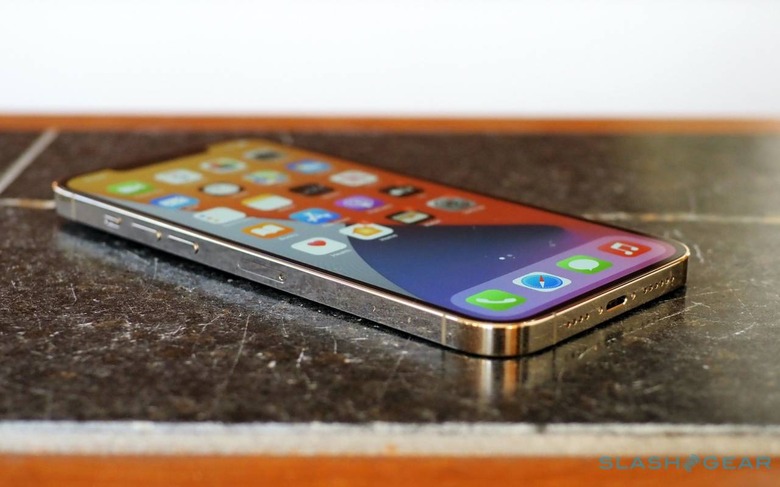
You could tempted to switch that setting to always-on 5G thanks to the iPhone 12 Pro Max's larger battery. Apple quotes up to 20 hours of local video playback, up to 12 hours of streaming video, or 80 hours of audio, the most for any iPhone 12 model.
In practice a full day is no problem at all. Indeed getting through that and well into the second day, without having to temper my normal use patterns, was easily possible too. Battery life is, in short, fantastic, and topping it up is easy too thanks to the new MagSafe charger. That's almost handy enough that I can forgive Apple for sticking with Lightning rather than switching to USB-C.
iPhone 12 Pro Max Verdict
The iPhone 12 Pro Max has taught me two things. The first is that I love big screens and excellent cameras, and I'm willing to put up with a significantly larger phone and maybe even a little hand discomfort in order to get them. The second is that the iPhone 12 Pro really is a very well-rounded device.
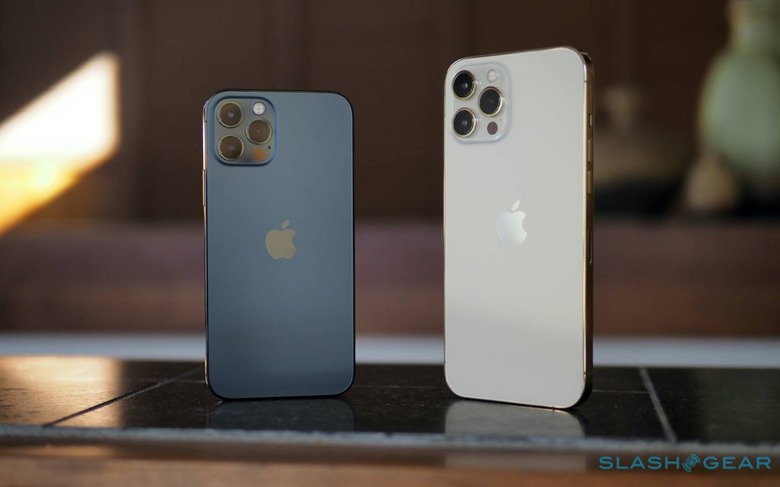
Indeed it's no stretch to say that, for most people looking to go that bit further than a mainstream smartphone, the iPhone 12 Pro is all the device they need. It's sized just right, has decent battery life and a great set of cameras, and feels just as premium as the iPhone 12 Pro Max does. It's also a little cheaper, $100 less than the bigger handset at each storage point.
Personally, the advantages in screen size, battery life, and camera performance are worth the trade-offs in physical heft and price. My colleague Vincent, who has also been using the iPhone 12 Pro Max, is similarly swayed by the sort of photos it's capable of producing. All four iPhone 12 models can capture great pictures, but the iPhone 12 Pro Max steps up when it counts in tricky complex or low-light situations. If you're willing to pay for, and carry, a phone that doesn't compromise to deliver the best camera, this is it.
